Back in the school days, the books told us some interesting facts about water – like 71% of the earth’s surface is covered with water, or 60% of the human body is made up of water etc. What the books didn’t tell us is that water is also an agent of magic that has the ability to cast a hypnotizing spell on humans. Now if that claim seems outlandish then a visit to the magical world of Plitvice Lakes National Park is in order. A world where water, sometimes lying completely silent and still in a lake and sometimes cackling and flowing with gay abandon in the form of waterfalls and cascades, creates one of the greatest spectacles on earth.
We visited Plitvice Lakes National Park on our eighth day in Croatia which also turned out to be the most adventurous day of our trip. But the adventure began long before we reached Plitvice.
A STORMY DRIVE
We began our morning with one last round of Hum, and then left the smallest town of the world by 9:20 a.m. with a drive of just over 200 km ahead of us.

A yellow warning for thunderstorms had been issued for the day, and unfortunately the meteorologists had got their predictions spot on this time. The slightly cloudy sky that had greeted us in the morning soon gave way to thick black clouds which were followed by heavy rain. Before long, we were driving in blinding rain, often guided just by the taillights of the vehicle in front of us. Tunnels, whenever they appeared, seemed like godsent gifts. But even in such conditions, we were able to maintain speeds of 80-100 kmph which is a testament to the excellent condition of Croatian roads and signs.
As we left the Istrian peninsula, the blinding rain changed to a steady downpour which continued throughout our journey. The rain put paid to our plans of visiting the lovely village of Rastoke en route to Plitvice and even had us worried about our visit to Plitvice.

Plitvice Lakes National Park has two main entrances with a large parking area at each entrance. We reached the entrance 1 by 12:30 p.m. and found a spot to park our car. Any hopes we had harboured about rain dissuading the tourists from visiting the park were quickly dashed after seeing the number of vehicles in the parking lot. The temperature of 14°C coupled with rain and wind forced us to grab our jackets from our luggage as soon as we got down from the car. The rain had relented but it was still heavier than a drizzle. We bought the tickets, had a quick lunch at one of the self-service bistros in the park and entered the park by 1:30 p.m. Luckily, this was also the moment when the rain finally stopped.
A WATERY PARADISE
Plitvice Lakes was formally proclaimed as Croatia’s first national park in 1949 and got a UNESCO World Heritage tag in 1979. The park, spread over an area of 300 km2, is mostly covered with forests, but the portion for which it is renowned comprises of a string of 16 pristine lakes interconnected by hundreds of waterfalls and cascades. This system of lakes and waterfalls, surrounded by lush woods, makes the park truly a paradise.
Based on some geological mumbo jumbo, the 16 lakes of the park have been divided into upper lakes (12) and lower lakes (4). The first upper lake – Prošćansko – is the highest of the lot and marks the beginning of the entire lake system while the last lower lake – Novakovića Brod – is the lowest and marks the end of the lake system with the water subsequently flowing into the Korana river. Entrance 1 of the park is on the side of lower lakes while entrance 2 is on the side of upper lakes. The park offers 8 different trails of varying lengths depending on which entrance one starts from and how much of the park one wants to see. Because we started from entrance 1, and because there was no chance that we were not going to see the entire park, the 8 km long trail C was the one for us.
Just a few minutes after we entered the park, we came upon the heavenly sight of huge limestone cliffs covered with greenery and in the midst of them, two of the most famous waterfalls of the park, Veliki Slap and Sastavci, tumbling down into clear blue pools. This one image succinctly summed up why this park is considered a natural wonder.

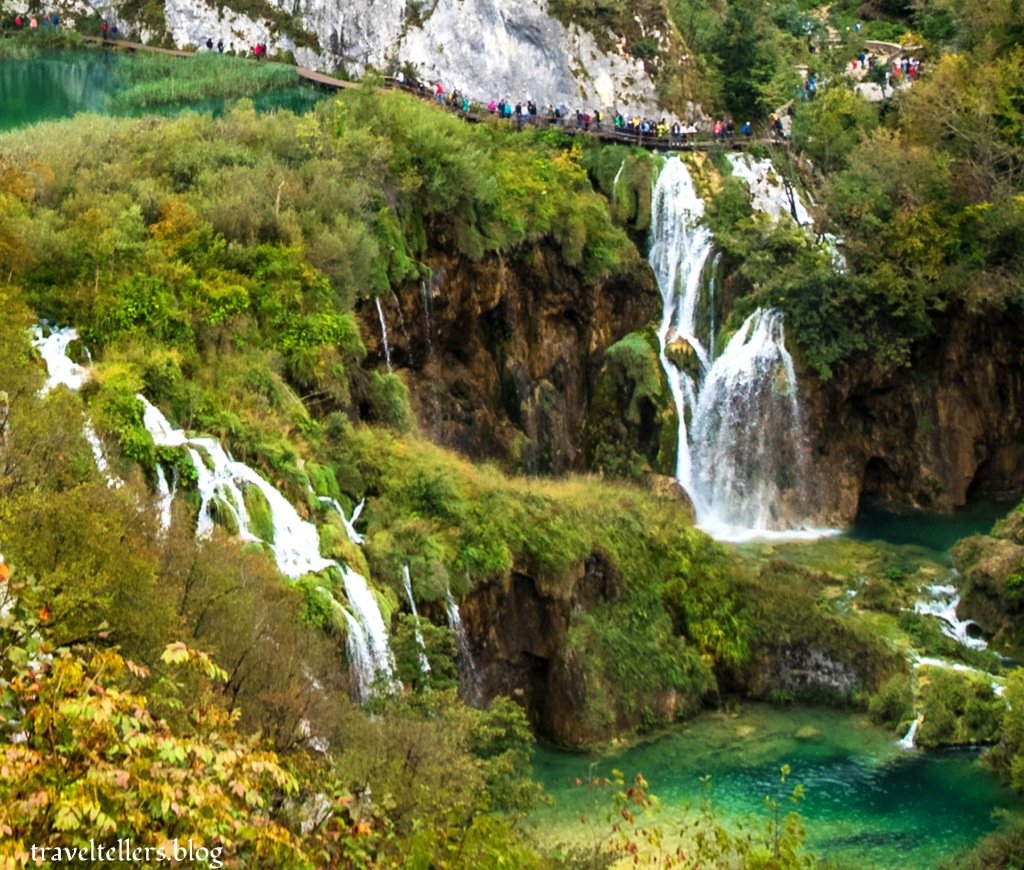
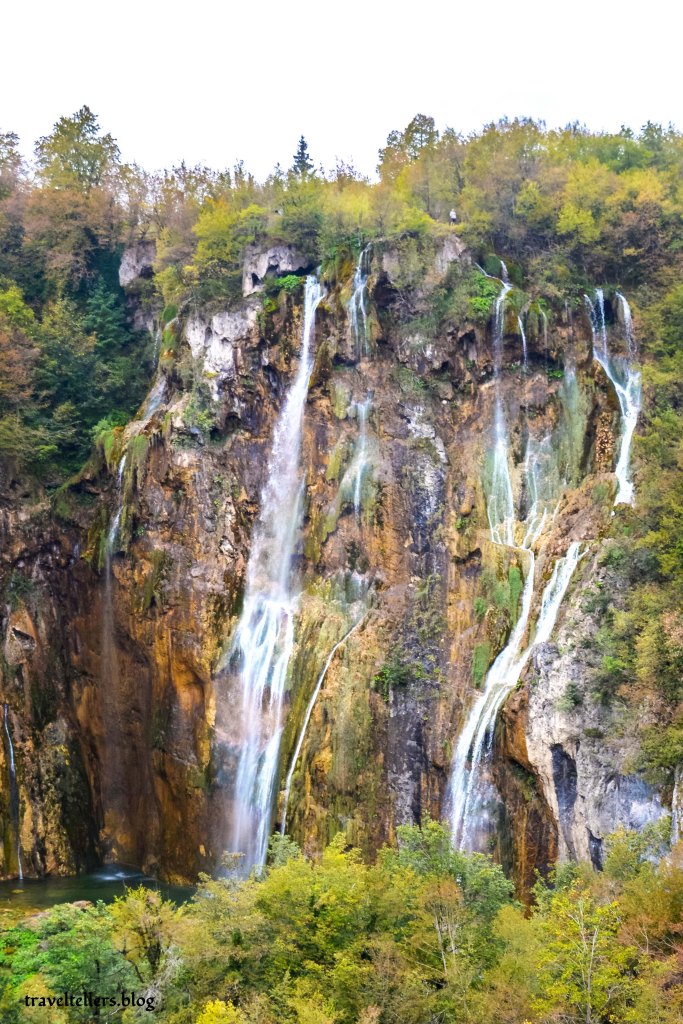
As we quickly made our way down towards the lakes, the scenery started becoming more and more stunning with each step. We soon reached the wooden walkways which are no less than the lifeline of the park. It is this well-laid-out system of wooden walkways that provides a unique experience to visitors by allowing them to walk not only beside the lakes but at times, even over the lakes.

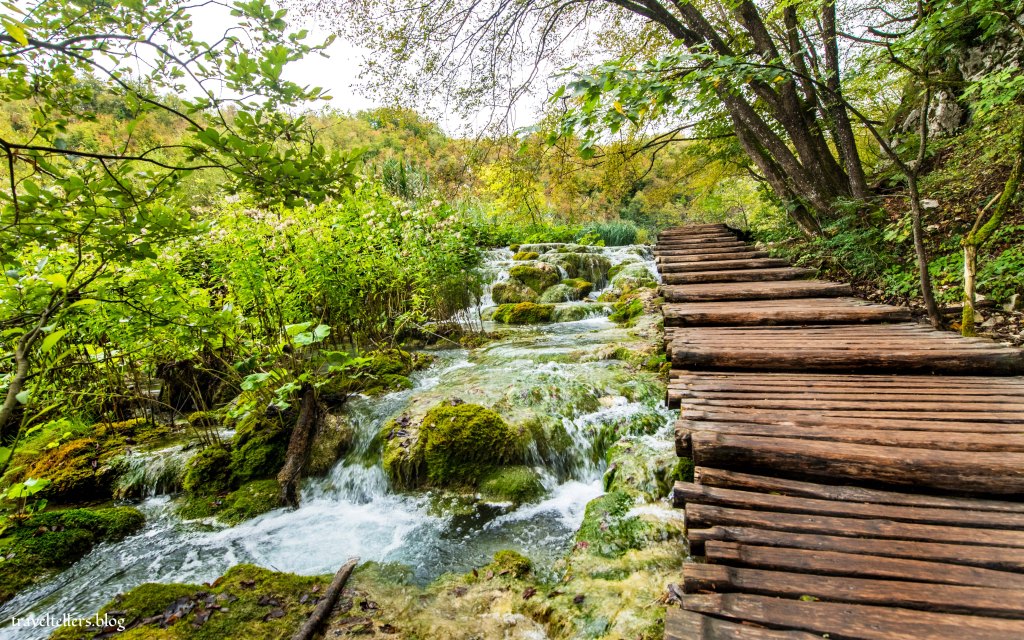
Our first destination was Veliki Slap which, at 78 m high, is the highest waterfall in Croatia. The path to Veliki Slap, which was a detour from the main path, was predictably the most crowded that we encountered in the entire park. With the queue moving quite slowly, it took us a few minutes to reach the waterfall and when we finally saw it from up close, it won’t be wrong to say that we were quite underwhelmed. Sure it was high but not extraordinarily so and even the water flow was less. Maybe the season that we visited in had something to do with the reduced water flow. After clicking a few pictures of the waterfall, we returned through the same crowded path and continued on our route. As we walked alongside the lakes and occasionally crossed them, it seemed like water stretched around us for miles. Towards the end of the second lower lake, Kaluđerovac, was another interesting feature of the park – Supljara Cave.


A DETOUR
The Supljara Cave, formed by the action of water on limestone over thousands of years, is a vertical cave without a floor or a ceiling. Hence, it has two entrances – top and bottom. We followed the crowd on the separate path that led to the cave, but after seeing the unremarkable chambers of the cave we did not do the intelligent thing by following the crowd back out. Instead, driven by the curiosity of what lay above and hopeful of finding a continuation of our trail C, we decided to climb up and out of its top entrance. The reward of that hard climb was the best view in the park – the aerial view of the dazzling lower lakes.
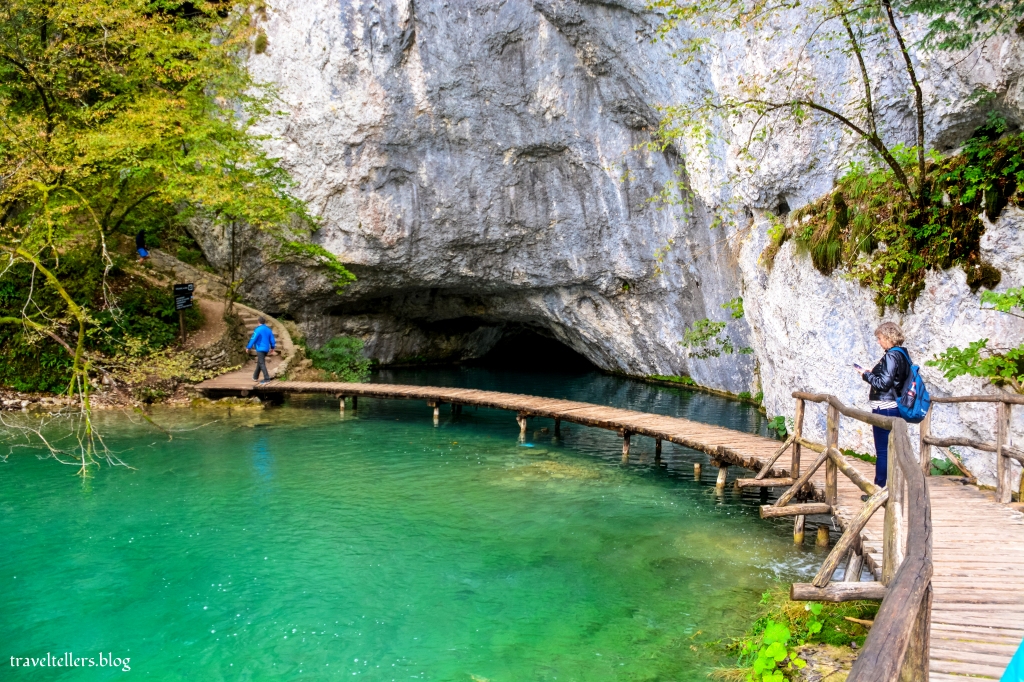

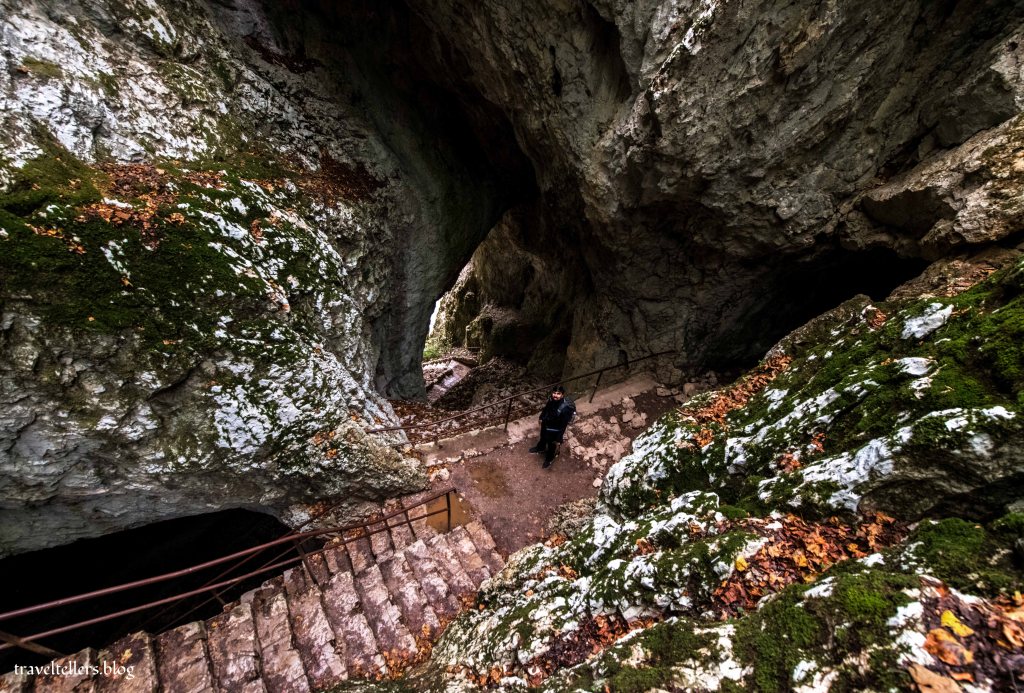
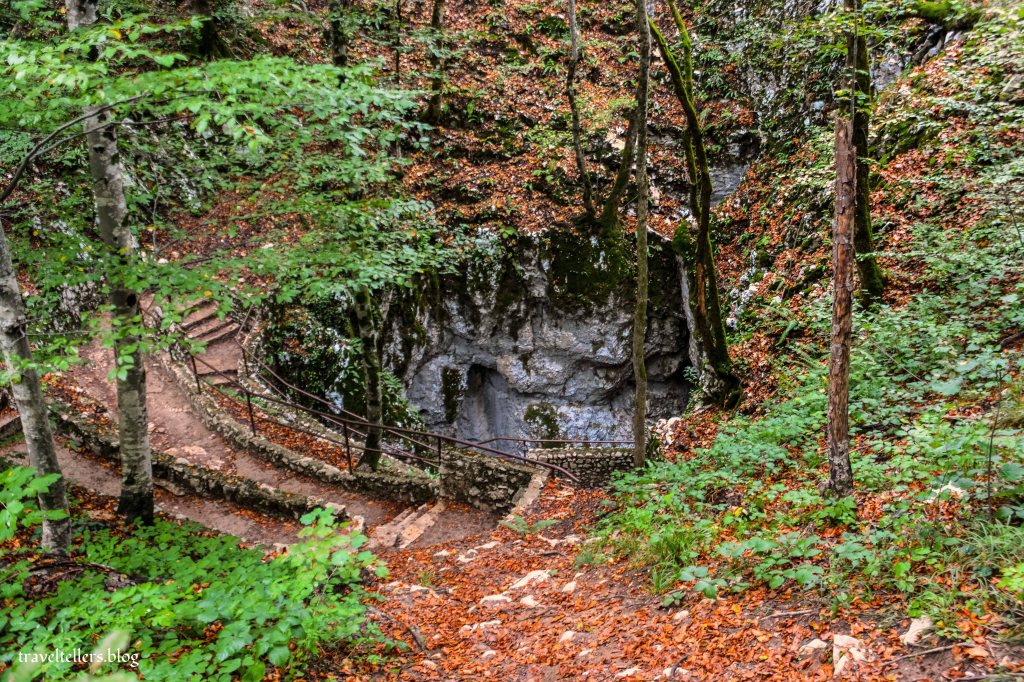
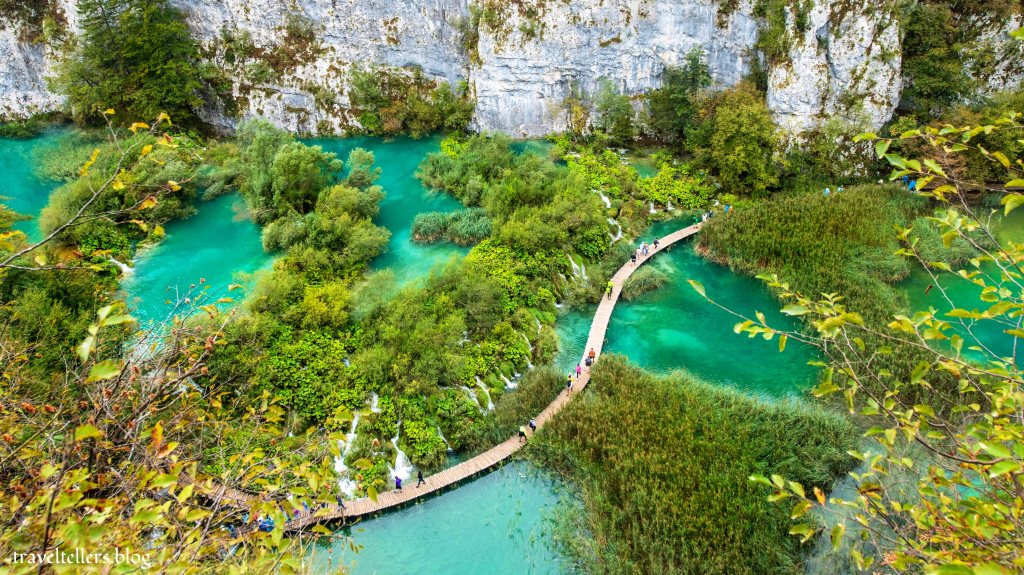
Unfortunately, we did find the trail C but it was going back to the entrance 1 from where we had started so we had to climb all the way down wasting around half an hour and a lot of energy in the entire process. Any satisfaction we had derived from getting those unique views was also wiped away when we reached the same point towards the end of our visit.
LOWER LAKES CONTINUED
Feeling slightly foolish and tired after our unnecessary detour, we again continued on the designated path. But the beauty of the last two lower lakes – Gavanovac and Milanovac – along with the cold weather quickly reenergized us. Finally, after feasting our eyes on the magnificence of the lower lakes, we reached the shores of the vast Lake Kozjak – the largest lake of the park and the first upper lake.




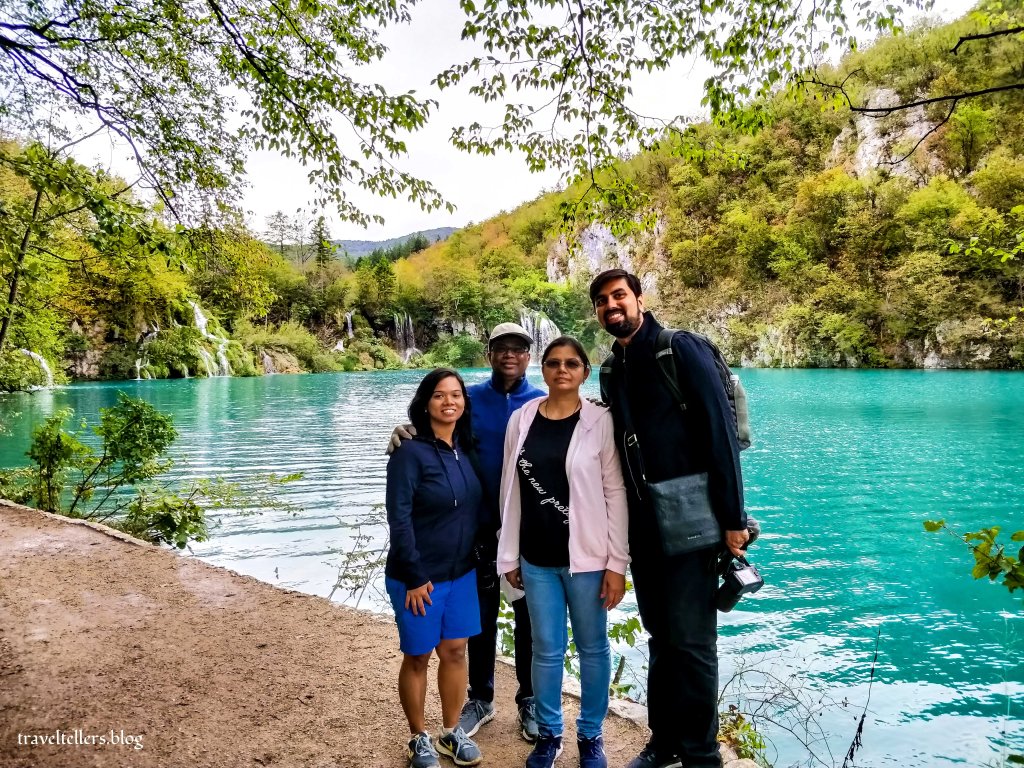



What a wonderful world you discovered in Croatia!
LikeLike
Absolutely Peter. Plitvice was among the best places we have ever been to.
LikeLiked by 1 person